
LED LINEAR LIGHTING: THE COMPLETE GUIDE (2020)
Mar 18,2020
In the commercial interior design world, there is no shortage of lingo for discussing the latest trends. The term LED Linear is one of these phrases and in 2020, if you don’t know what it means and what it can do then you could be missing out on a world of eclectic opportunity.
But hold up, there’s no need to blow a fuse worrying about what you don’t know. In this guide, we’re going to shed some light on what exactly LED linear lighting is and how it can help transform any standard space into a breathtaking one.
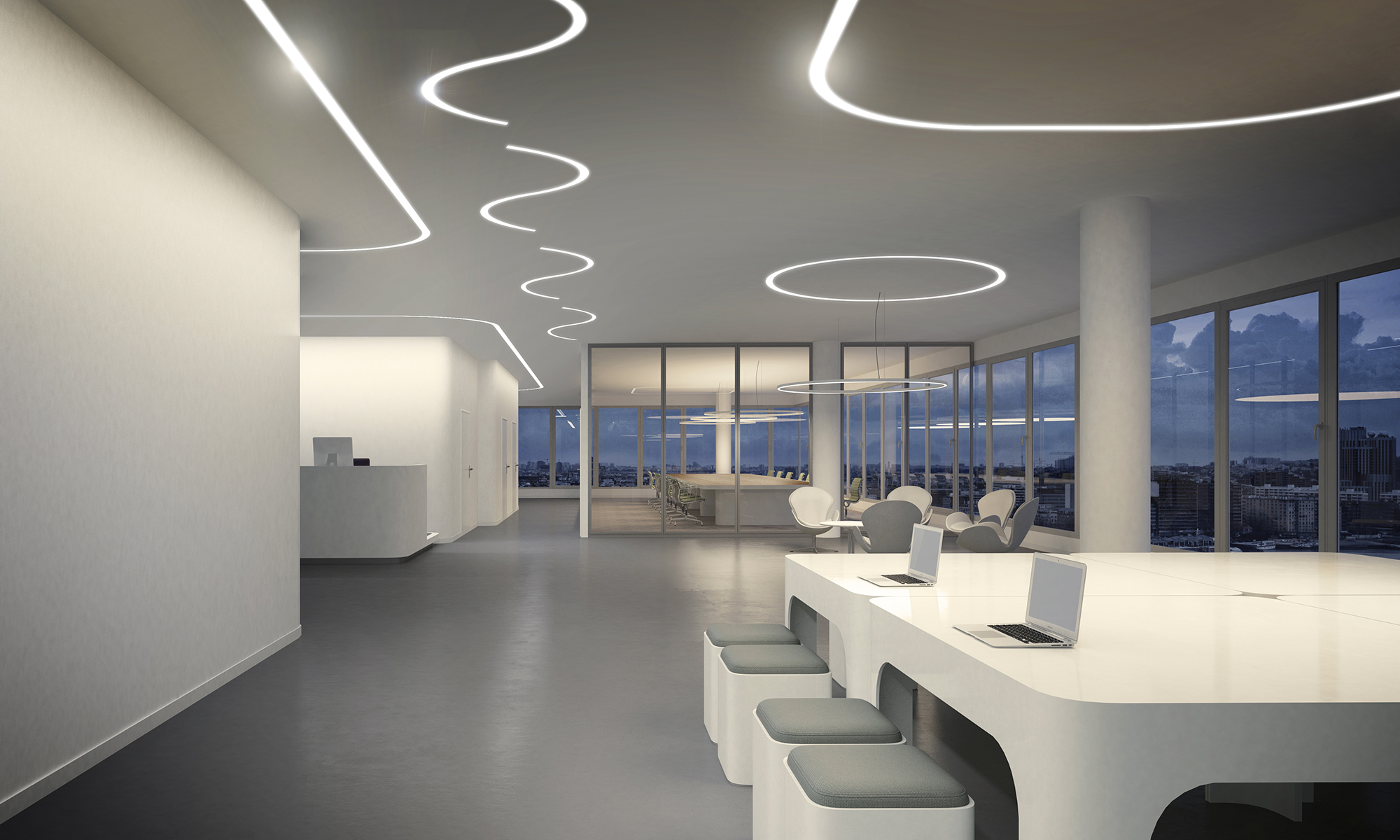
WHAT IS LED LINEAR LIGHTING?
The humble Light Emitting Diode also started off as a pretty standard invention but through its own electroluminescent personality, it burst onto the scene in the early 1960s as a realised product.
Due to the first completed model of the LED only emitting red light it was predominantly used for emergency lighting. A blue model was the next to follow but these products remained in a price range very inaccessible to the general public. A real loss to people everywhere!
However, as the 90s rolled around, the price of LED lighting declined as materials became more accessible and innovative visionaries found themselves experimenting with the capabilities and design aesthetics of LEDs.
One of these inspired designs was the LED Linear Lighting solution. In this simple, but revolutionary lighting form, LED lights are aligned as one extended unit.
But why was this revolutionary? Prior to LED linear lighting, office spaces had been subjected to difficulties when it came to lighting long spaces with one unit. Linear lighting did exist in the form of fluorescent tubes but these flickering, buzzing, mercury-containing products could not completely light rooms or provide an aesthetic solution for that WOW factor.
LED lighting was the solution that offices and larger interior spaces needed and to this day it is one of the most popular office lighting options on the market. If you’re still using fluorescent lighting and need more motivation to switch, discover more about the advantages of LED lighting over fluorescent.
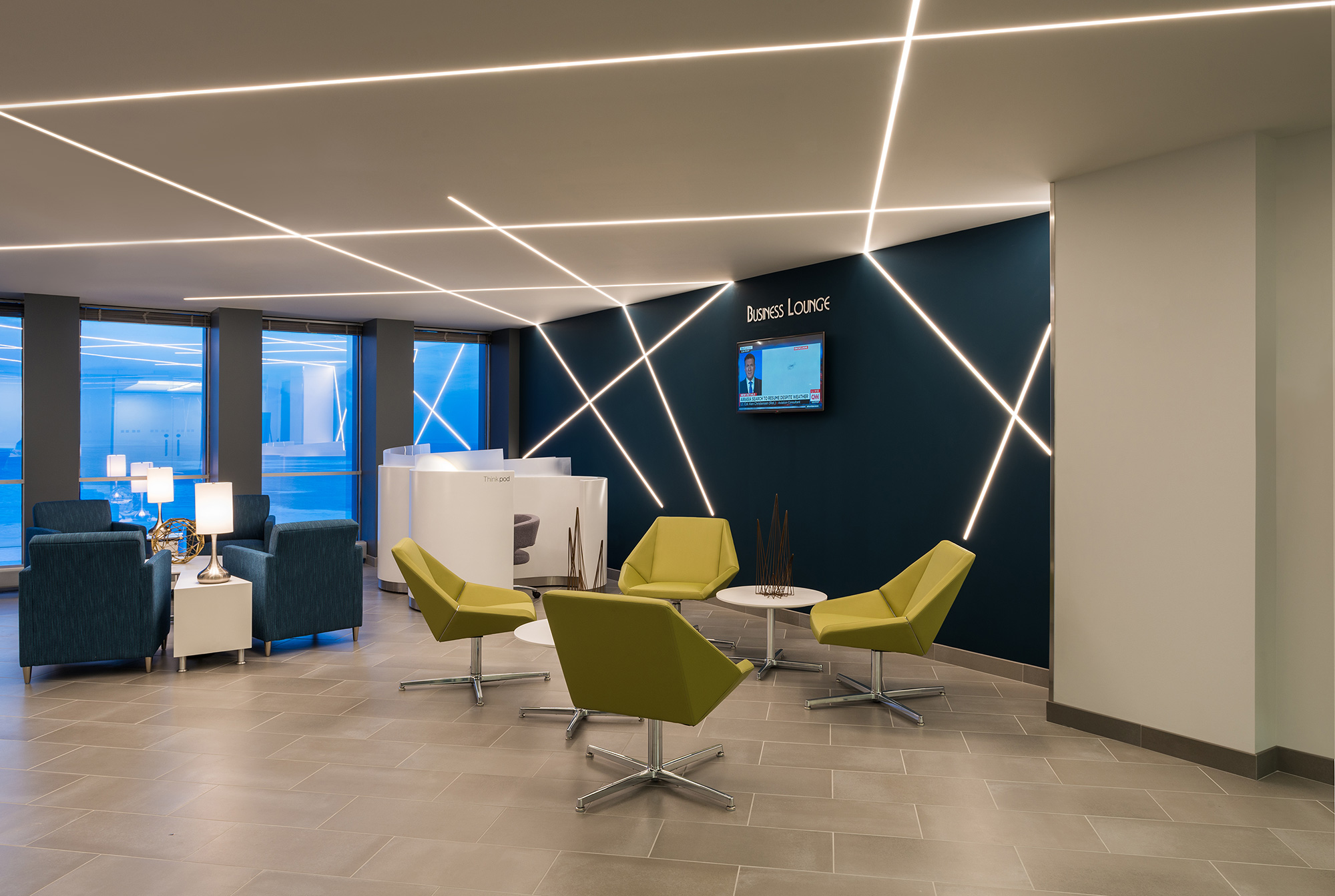
WHERE TO USE LED LINEAR SYSTEMS?
If you want to create a design that blows people away and want a product with impressive luminance coverage then you’re going to need to be using a LED Linear System.
Why do you think lighting is described so frequently as warm or radiant? These adjectives for lighting are often so strong because lighting features inspire something in people. So where might LED Linear systems need to be used to make people feel?
Frequented areas such as public spaces and workplaces benefit greatly from the impressive feature lighting. These places are visited by lots of different people (sometimes ‘important’ people that you want to give a jaw-dropping moment) and often have strong, realised design concepts. Whether that’s a ‘cool office’ or an ‘a(chǎn)rty bohemian studio’, the correct lighting solution can add volumes of vision to any architectural design.
LED Linear systems are perfect for offices because it can have a huge impact on workplace productivity.
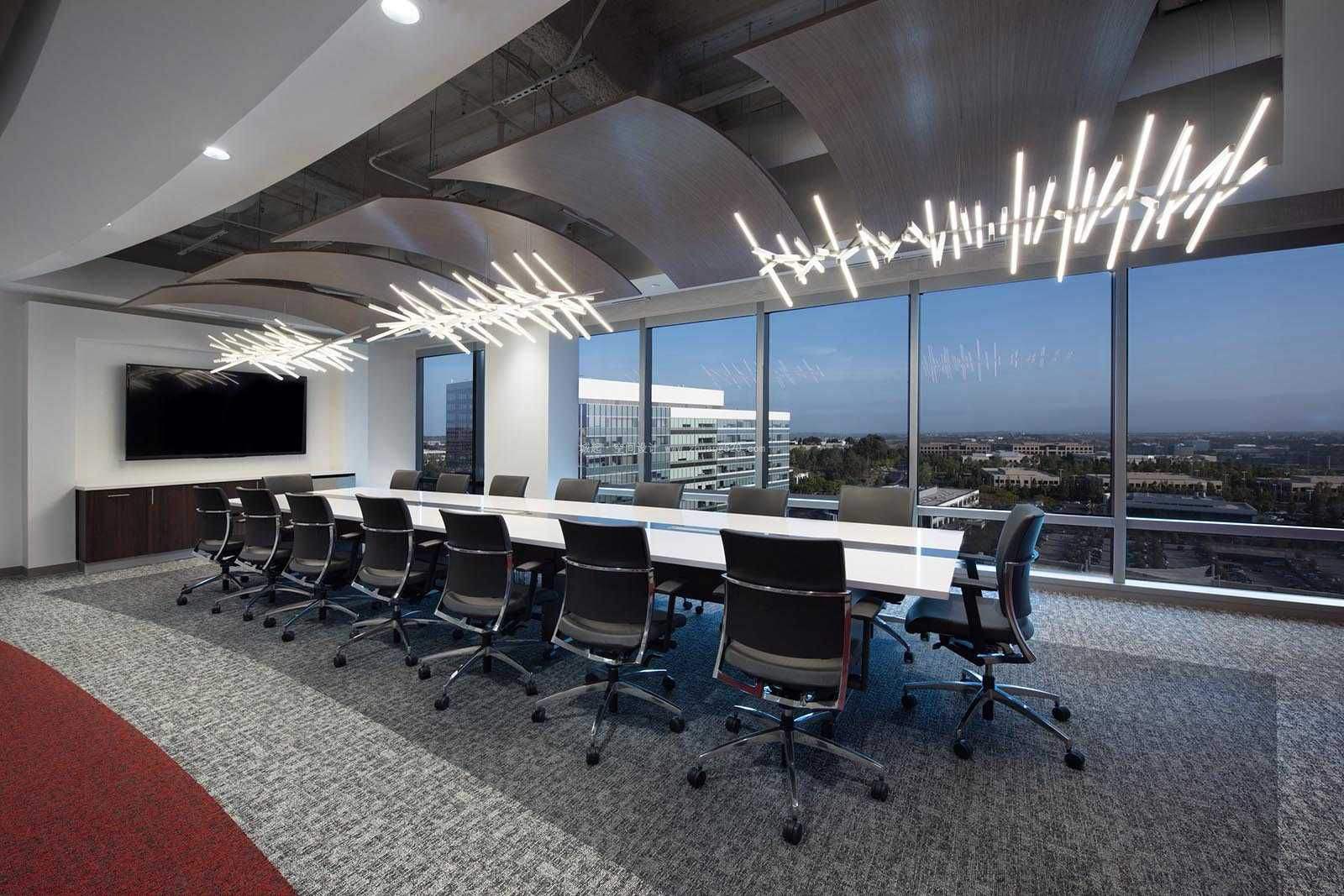
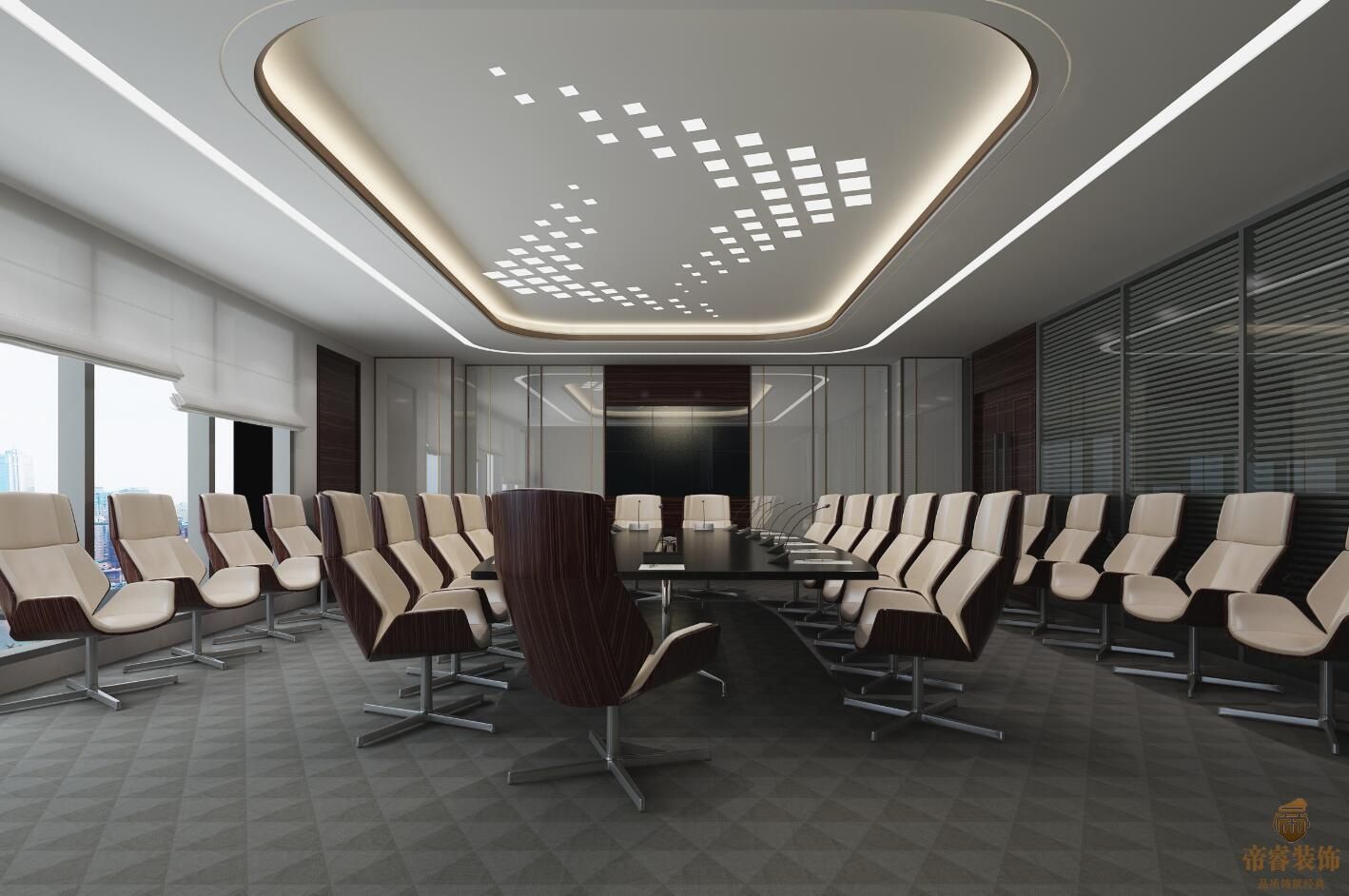
LINEAR LIGHTING TYPES SUSPENDED LINEAR LIGHTING
Suspended lighting is one of the most popular and impressive lighting trends out there. With suspended lighting, you can create more than a simple fixture and completely define the appearance of a space. Create the unexpected and give the sensation of ethereal movement with dramatic shapes and suspension levels.
Control your light intensity and the sphere of illumination by raising or lowering the height of fixtures. Suspended lighting is as subtle as it is dramatic and even if words can’t explain how that’s achieved, an innovative lighting fixture will. For suspended lighting, there are also direct/indirect options available. Your preference for this will depend on what you are wishing to cast light upon.
The main goal of direct lighting is to provide strong illumination that aids visibility when performing tasks or can create a bright general lighting plan. Indirect lighting is more closely linked with creating ambience. It can also be used to balance out stark lines and general harshness in a room.
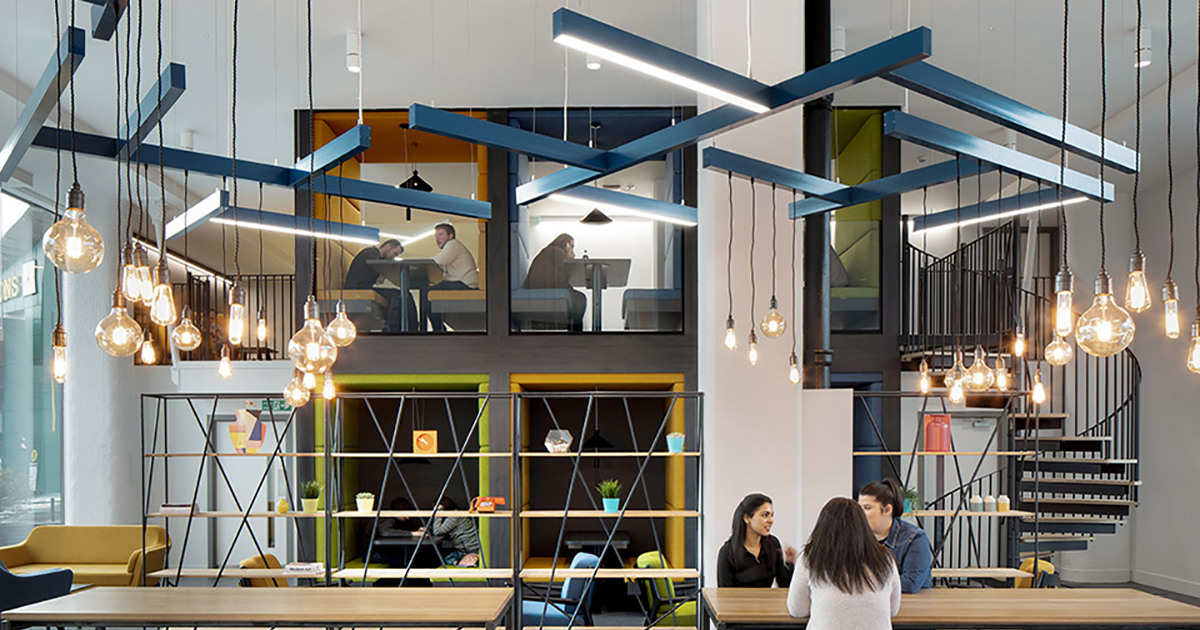
RECESSED LINEAR LIGHTING
Recessed lighting is all about creating more space in a room. Due to the fact it takes up less visual space, it can make a room seem larger. Recessed simply means to be set back into a surface so interior design is not limited to the ceiling and products can be inserted into walls for more diverse options. The goal for recessed lighting is not just to add visibility but also to instil interest and ambience to your environment.
It’s also perfect for illuminating specific objects without having something hanging down above them. If you have a conference room table that needs illuminating then a recessed linear lighting fixture can be installed in the ceiling above to follow the lines of the table without the slightly distracting feeling of having a lighting fixture above your head.
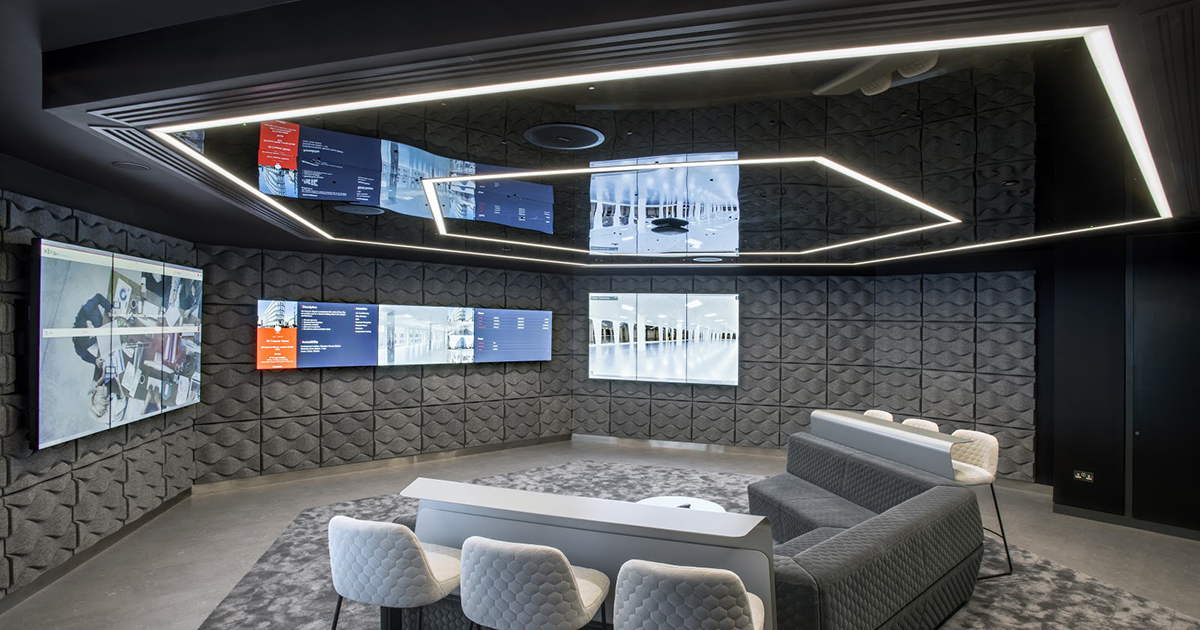
BENEFITS OF LED LINEAR LIGHTING
LED linear lighting overtook alternative lighting solutions such as fluorescent lighting for a reason. Lots of them actually. Whether you’re an architect/designer, an electrician or a contractor, LED linear lighting is superior in lifespan, installation ease and overall aesthetic finish to keep worktimes minimum and customer satisfaction maximum.
LED models offer impressive lighting value with options up to 4000K to flood even the darkest corners of rooms with flattering light so you don’t need to fuss with sourcing multiple fixtures. Another bonus? It turns on instantly. No longer will drowsy office workers have to suffer through the frustrating flicker as they turn on the switch first thing in the morning. LED lights can maintain this even when cold!
LEDs are also directional light sources, reducing the need for reflectors and diffusers that can trap light within the fixture and decrease the efficiency. Unlike pendant lighting where you require several products to create the same quality of light, LED linear products have it all in one installation.
In terms of design aesthetic, LED linear lighting can be incorporated seamlessly into any design with refined results. Lighting is the ultimate form of synergy when it comes to furnishings and careful planning and when combined with unrivaled products can truly elevate a design vision to awe-inspiring finalisation.
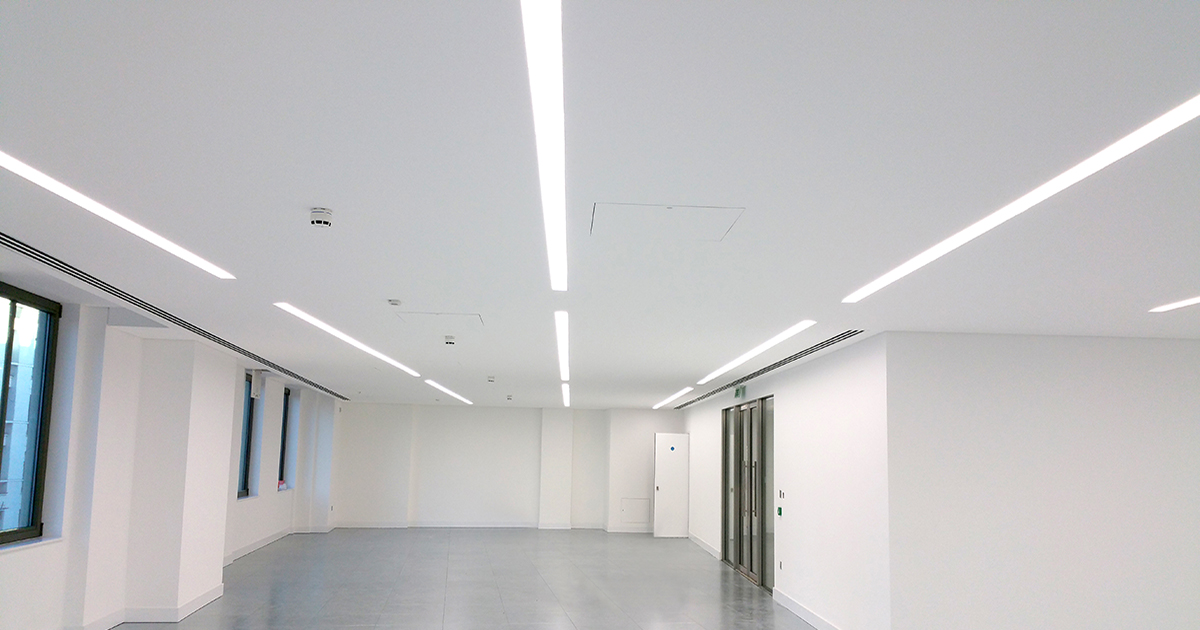
WORKPLACE LIGHTING REGULATIONS
The Workplace (Health, Safety and Welfare) Regulation of 1992?dictates in regulation 8 that every workplace must have suitable and sufficient lighting.
It also indicates that workplace lighting should be sufficient to enable people to work, use facilities without experiencing eye-strain, and safely move from place to place. Eye strain and unsafe movement can be a result of patches of darkness or light flickering. LED linear lighting is constant, complete coverage of light throughout a space to avoid differences throughout.
Lights and light fittings must be selected, positioned and maintained so that they avoid annoying glare and do not cause a hazard. Safety is perhaps the most often overlooked advantage when it comes to LED lighting. The number one hazard when it comes to lighting is the emission of heat. LEDs emit almost no forward heat while traditional bulbs like incandescents convert more than 90% of the total energy used to power them directly into heat. That means only 10% of the energy powering incandescent lights is actually used for light.
Lights should be cleaned, repaired or replaced, as necessary, before the level of lighting becomes insufficient. Recessed systems are not capable of collecting dust and the lifespan of the LED bulb is around 50,000 hours. That’s pretty sufficient!
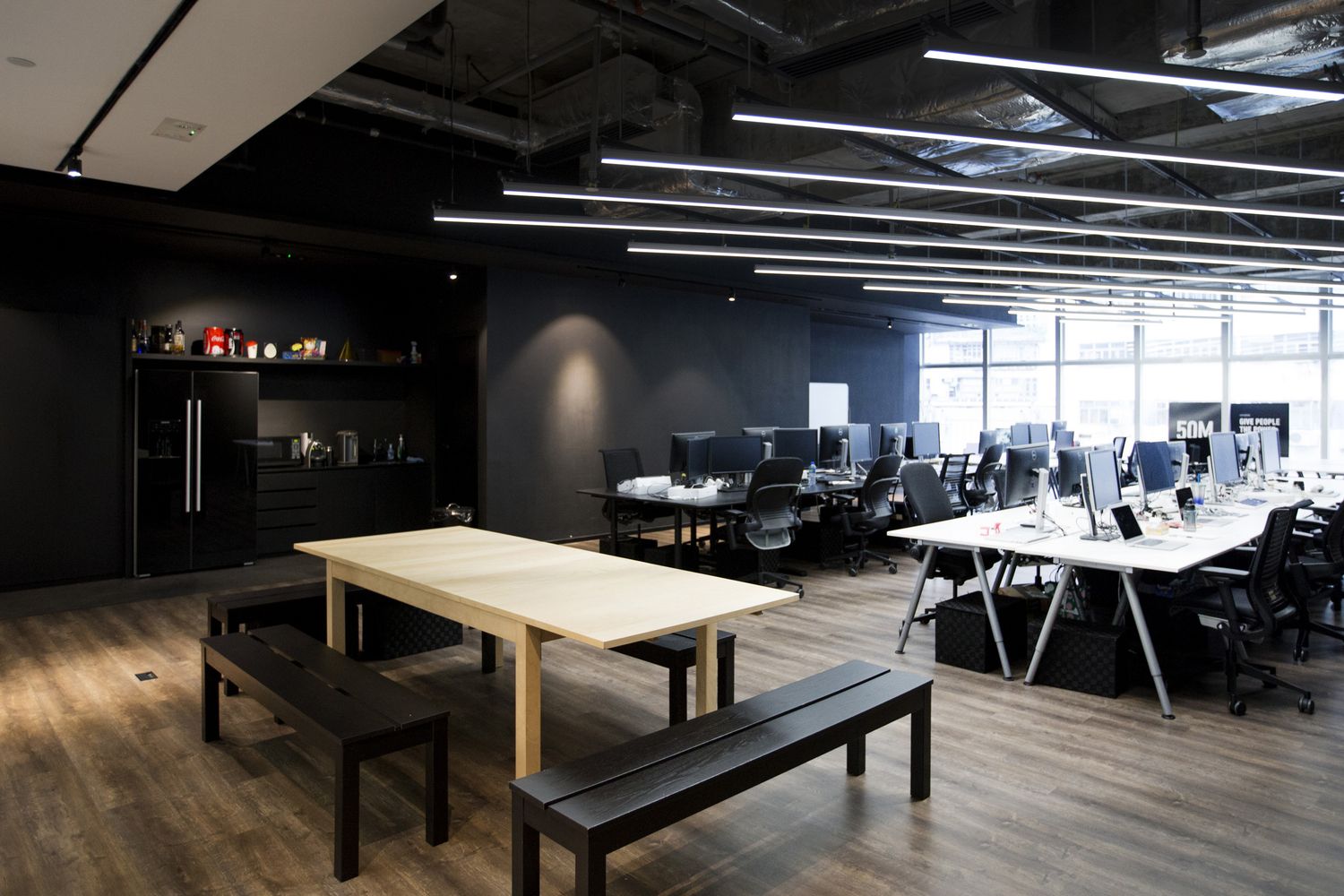
HOW TO INSTALL LINEAR LIGHTING?
Linear lighting is designed to offer unrivalled lighting capability for workplaces, public spaces, bars, restaurants, residential properties and so many more places. That’s why we knew it was important to create a system that was adaptable and simple in any premises. Design and vision shouldn’t be hindered by a frustrating application.
Recessed trimless LED lighting system is designed with a clip in gear tray for simple installation and the unique trim enables easy finishing in the wall or ceiling. The suspended and surface systems are designed with the same profile and can be surface mounted easily by directly fixing through the rear of the profile. Time-saving installation and zero mess = happy clients!

This article comes from mountlighting company
- Latest news
34 genius hacks for LED strip lights
Apr 02,2021LED Strip Lights: How Are They Made?
Nov 30,2020LIVING ROOM LIGHTING IDEAS
Oct 30,2020LED LIGHTING VS. FLUORESCENT LIGHTING – THE FACTS
Sep 29,2020HOW TO PLAN YOUR KITCHEN LIGHTING
Aug 27,2020LIGHTING DESIGN: 5 TIPS FOR INTERIOR DESIGNERS
Jul 31,2020HOW TO USE INTEGRATED LINEAR LIGHTING
Jun 02,2020